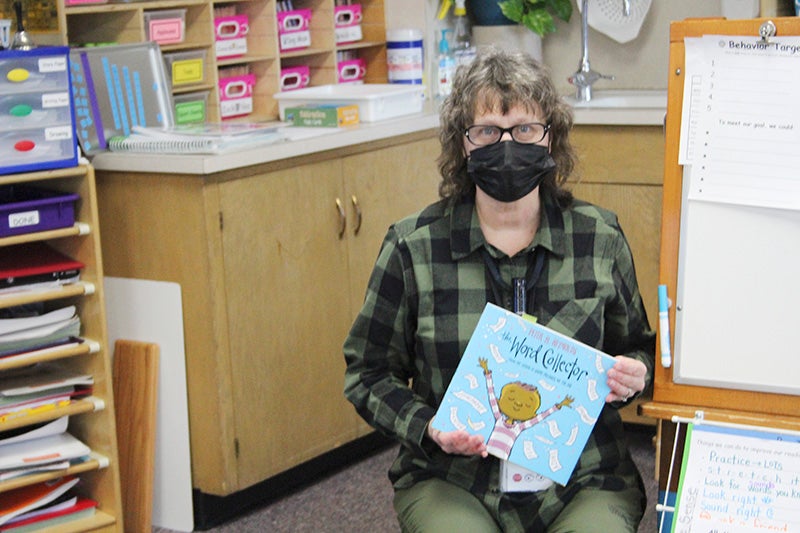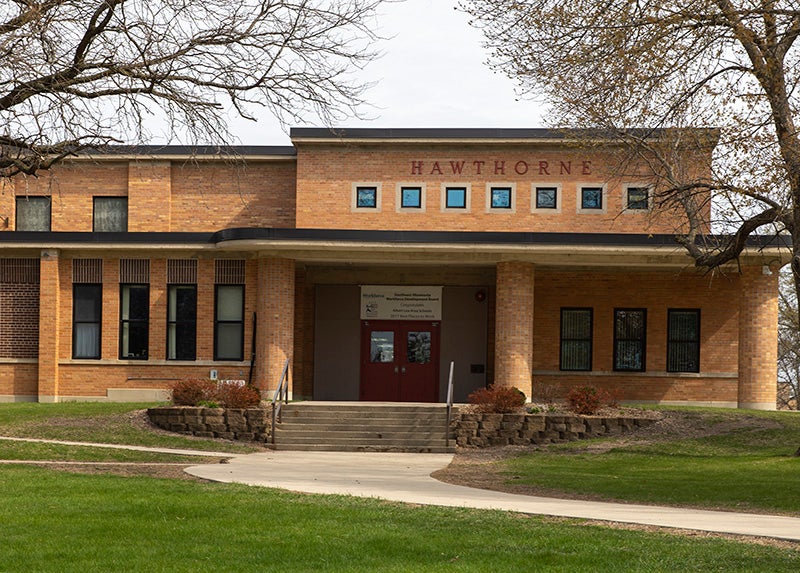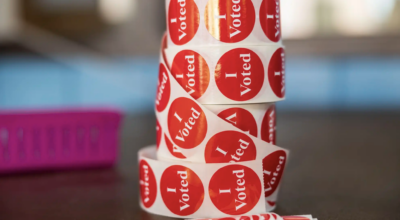Teacher has served over 3 decades in the Albert Lea school district
Published 11:23 am Thursday, March 3, 2022
|
Getting your Trinity Audio player ready...
|
Hawthorne Elementary second-grade teacher Pam Jacobsen has been a teacher for 34 years, and every single one of them has been in the Albert Lea school district. You could say education is in her blood.
“Both of my parents were in education,” she said. “My dad was a middle school band director and my mom was the secretary at the elementary school, and I always just enjoyed working with kids and being creative about how you deliver curriculum to them.”
So it made sense that, following graduation in Cloquet, she’d major in education while at St. Cloud State. She also has a master’s in education from the University of Minnesota.
Currently, she’s working on a new science curriculum that’s more hands-on.
“Right now our topic is plant and animal relationships,” she said.
To help them understand these relationships, she has asked students to build models of trees and had them use flashlights — serving as the sun — to show how shade can affect tree growth.”
She is also having her students read and do math.
“For reading we spend some time in a whole group reading good literature and then doing a comprehension skill with it,” she said.
Students will then move into small groups, working with Jacobsen in guided reading and/or intervention work. They’ll also read independently for 20 minutes.
Part of their work will involve working off a menu where they have the option to choose either a reading or writing activity they can do either independently or with a partner.
She also implements a phonics program that will integrate into small group work.
Since the pandemic started, she has spent more time on responsive classroom work, building relationships and ensuring students are mentally healthy.
“I have this year a worry jar, and if the kids have a worry they put the worry into the jar to kind of let go of that worry, so we’re really adapting a lot of what we do so that our kids feel happy and safe at school and know that this is a place they want to be,” she said.
Speaking of adaptation, she has learned to adapt the classroom and ensure enough space between students.
Another change has been the amount of absences among students, which in turn have made her prepare at-home lessons her students, as well as their parents, can do at home.
Her parent-teacher communication skills also improved.
“I like the phone calls and sending a lot of texts and that personal contact with parents,” Jacobsen said.
But the added work minimizes the time she can spend on parent letters. She expressed some frustration that masks made it harder to communicate with students, and said the pandemic has led to more interventions in reading and math.







